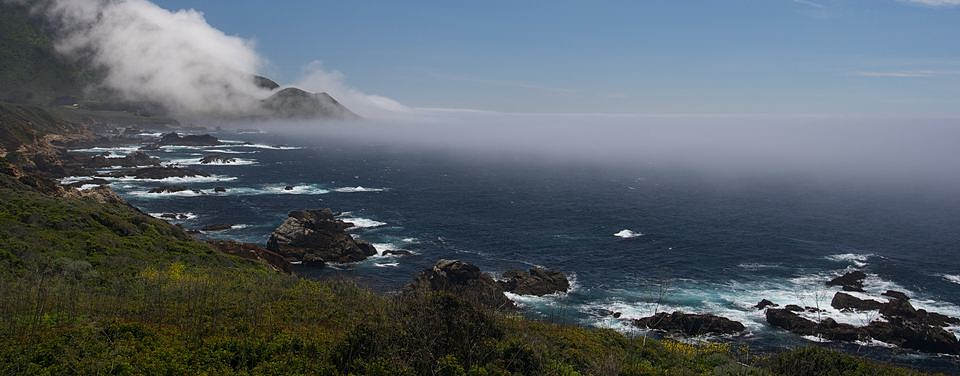What is ecosystem science?
Ecosystem science is the study of inter-relationships among the living organisms, physical features, bio-chemical processes, natural phenomena, and human activities in ecological communities.

Within any given area, living and nonliving interact with each other. Together, these things form an ecosystem. Because all of the elements within an ecosystem are interrelated, these systems can be quite complex. All ecosystems must maintain a delicate balance between all of their members in order to thrive. Human interference and extreme natural events can tip this balance and threaten an ecosystem's health.
An ecosystem is an ecological community comprised of biological, physical, and chemical components, considered as a unit.
NOS scientists monitor, research, and study ecosystem science on many levels. They may monitor entire ecosystems or they may study the chemistry of a single microbe. This wide range of data is collected into combined assessments that describe current ecosystem health, predict the future state of an ecosystem, and evaluate different management strategies that may improve the health of an ecosystem.
NOS focuses its efforts on ecosystems that are given importance by legislative and executive orders. These areas include coral reefs, estuaries, national marine sanctuaries, national estuarine research reserves, and other ocean ecosystems. The areas are observed and studied to determine how they are affected by human actions. Strategies are then formed in order to best protect these valuable ecosystems in order to keep them safe and healthy.